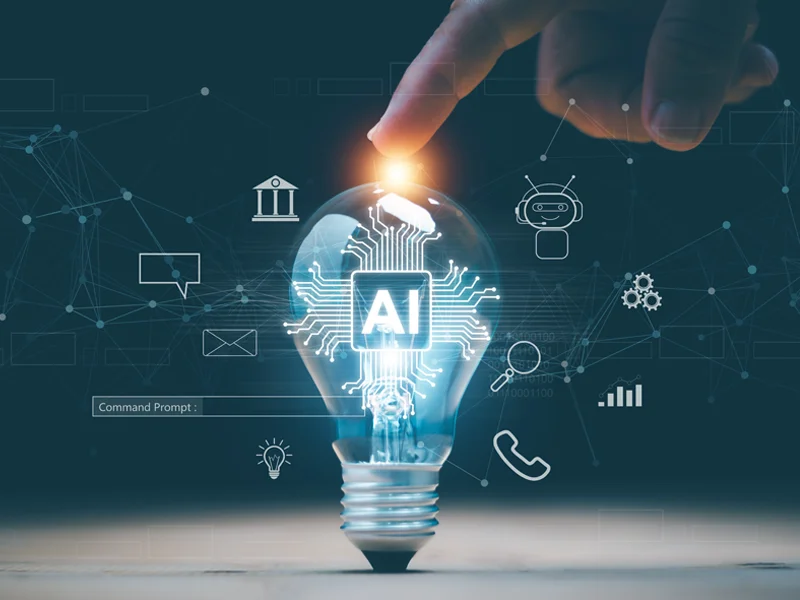If AI is just automation, why do some companies achieve breakthrough innovations while others barely see improvements? The answer lies in understanding AI not just as a tool, but as a fundamental shift in how we approach business challenges.
The AI Revolution in Business
The evolution of business intelligence has moved from manual data analysis to predictive AI insights, transforming how companies make decisions and create value.
Pro Tip
Begin your next strategy meeting with this question: "Which business process could be revolutionized by AI in the next 12 months?"
Core Pillars of AI-Driven Business
A mid-size manufacturer reduced inventory costs by 30% using AI forecasting, demonstrating the power of intelligent decision-making in traditional industries.
1. Intelligent Decision Making
- AI-powered data analysis for strategic planning
- Real-time market intelligence and trend prediction
- Automated risk assessment and mitigation
2. Customer Experience Enhancement
- Personalization at scale through machine learning
- AI-driven customer journey optimization
- 24/7 customer support with 85% resolution rates
3. Operational Excellence
- Process automation through intelligent workflows
- Predictive maintenance and resource optimization
- AI-powered efficiency improvements

The modern AI implementation framework for business success
2025 AI Implementation Playbook
Foundation Layer
- Cloud-native AI infrastructure
- Edge computing integration
- Scalable machine learning pipelines
Implementation Strategy
- Start small, scale fast
- Focus on high-impact, low-complexity projects
- Build internal AI capabilities gradually
Quick Win
Conduct an "AI readiness assessment" to identify your organization's strongest starting point.
Overcoming AI Integration Challenges
| Data Quality Issues Implement AI-powered data cleaning and validation |
Skills Gap Develop hybrid teams of domain experts and AI specialists |
| Integration Complexity Use microservices architecture for gradual adoption |
Change Management Create AI champions within each department |
5 Actionable Steps for AI Adoption
1. Data Strategy Optimization
Begin with a comprehensive audit of your data collection processes and implement AI-ready architecture.
2. Process Intelligence
Map AI opportunities in your workflow and identify the most promising automation candidates.
3. Team Enablement
Train key team members in AI basics and create cross-functional implementation teams.
4. Pilot Program Launch
Select a high-impact, low-risk process for your first AI implementation.
5. Scale and Optimize
Expand successful pilots and continuously improve your AI models based on real-world performance.
An e-commerce platform reduced new feature deployment time by 60% through AI-powered testing and validation, while improving customer satisfaction scores by 40%.
Key Takeaway
AI implementation is not about replacing human intelligence but augmenting it to create more value and drive better business outcomes.




